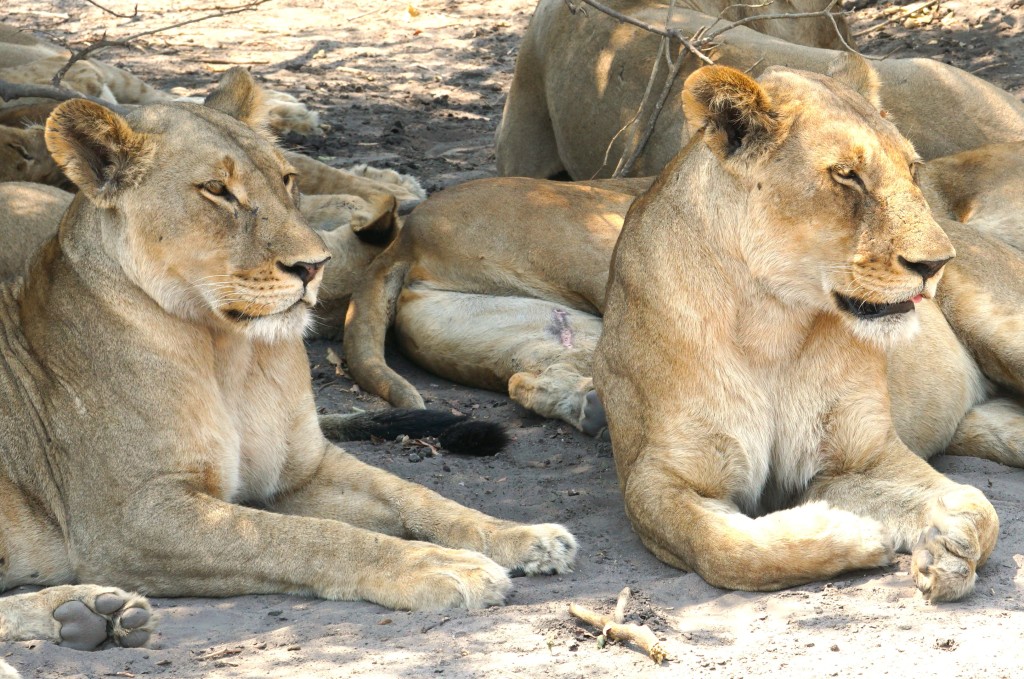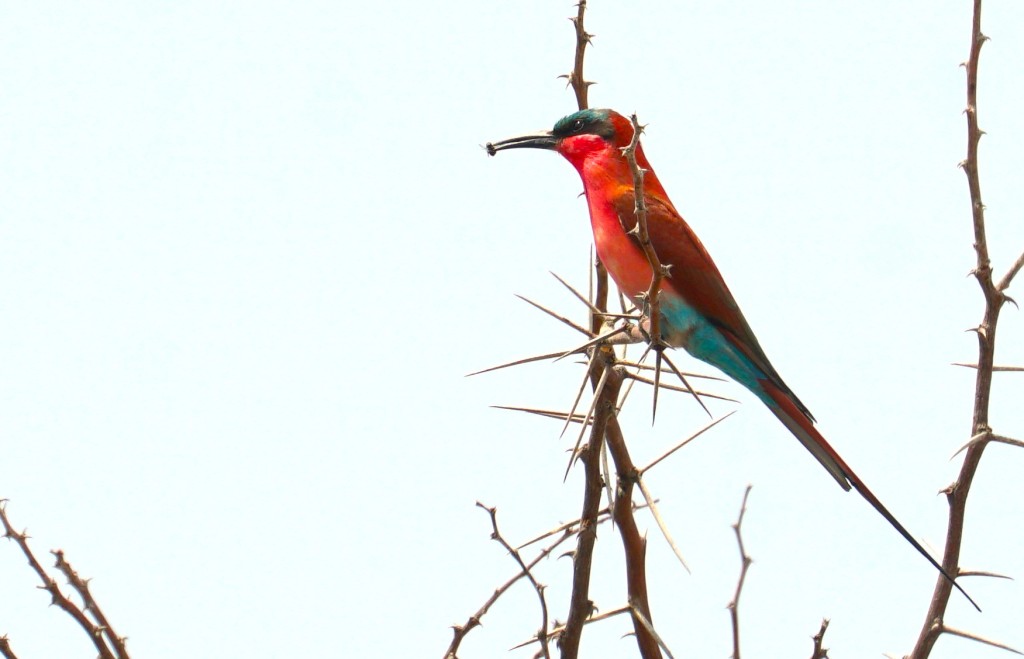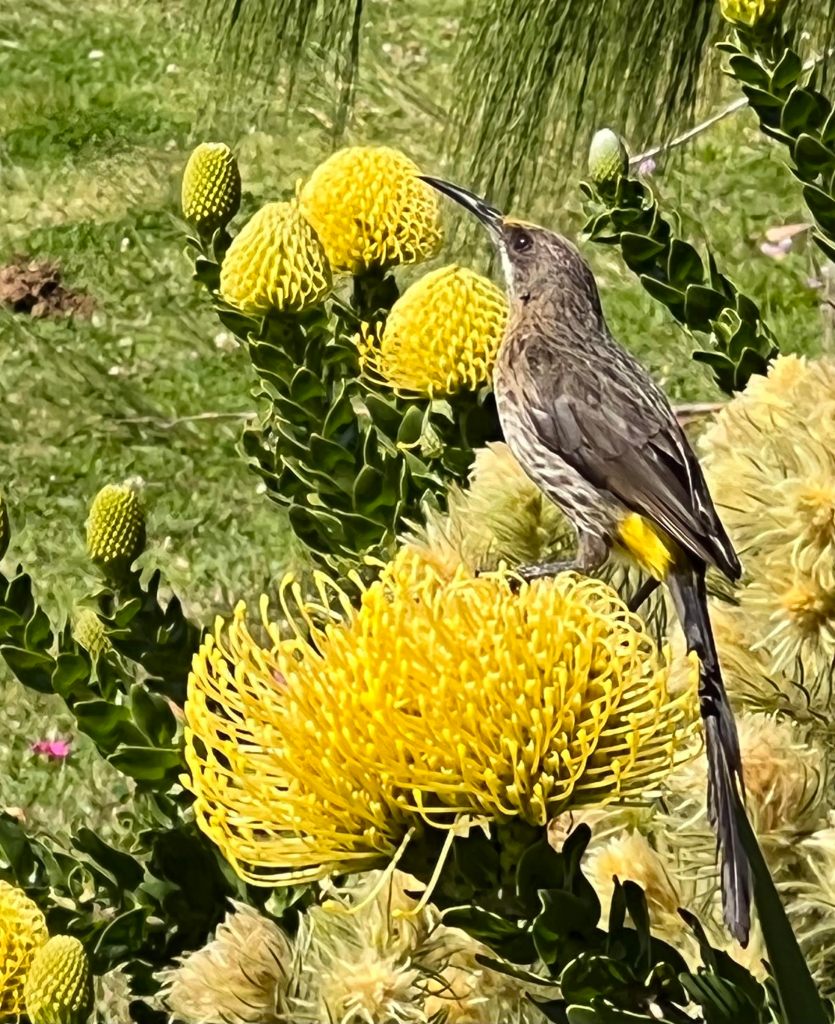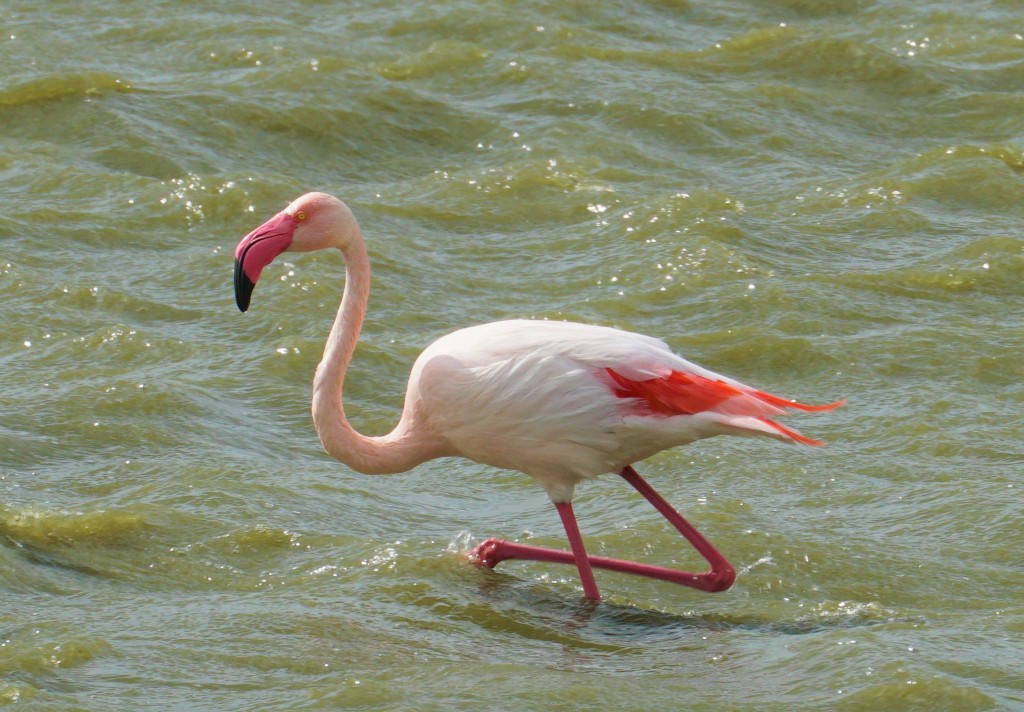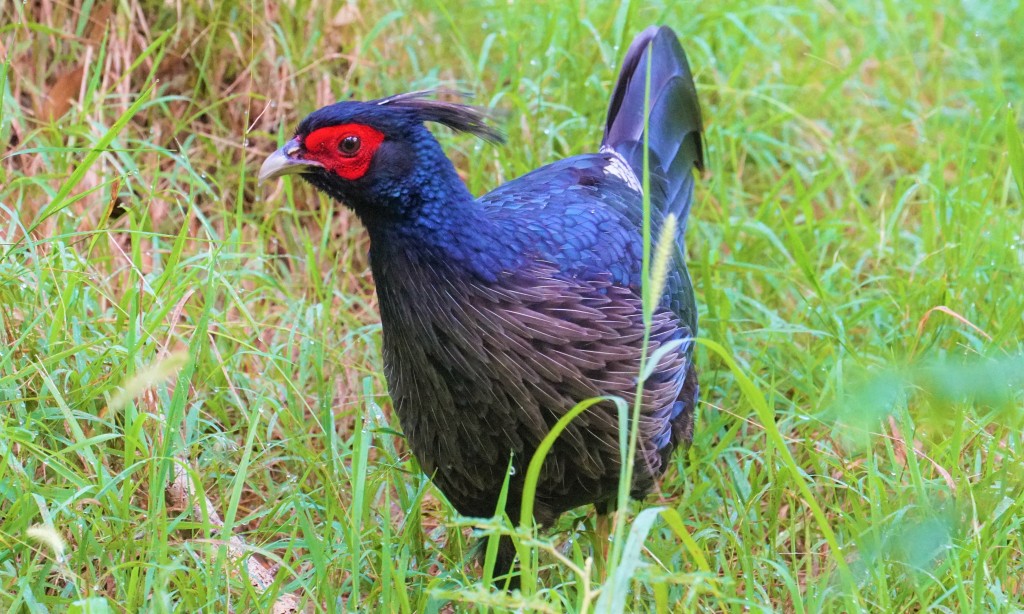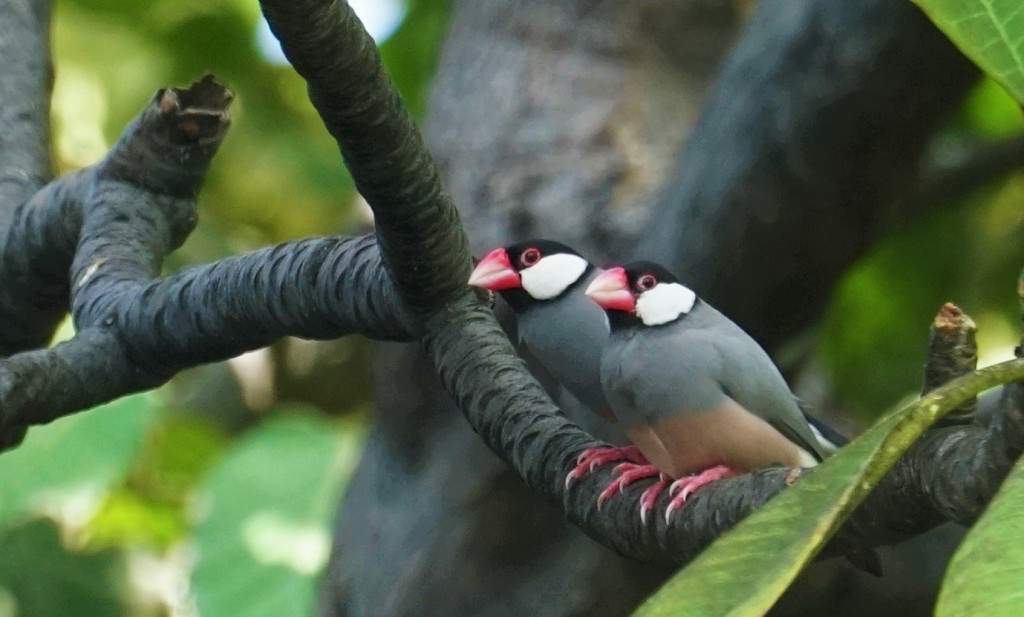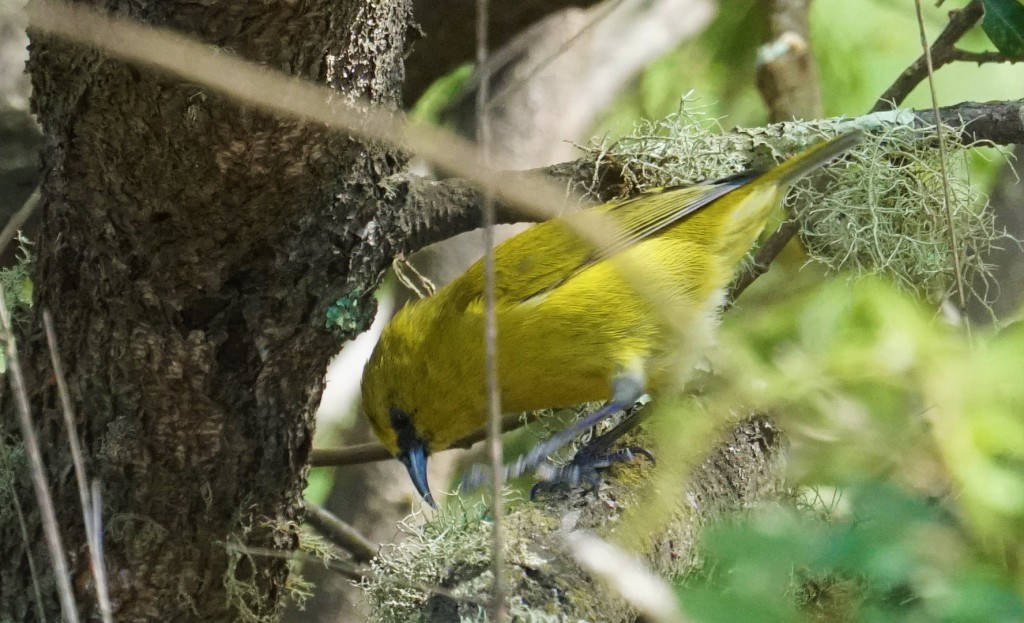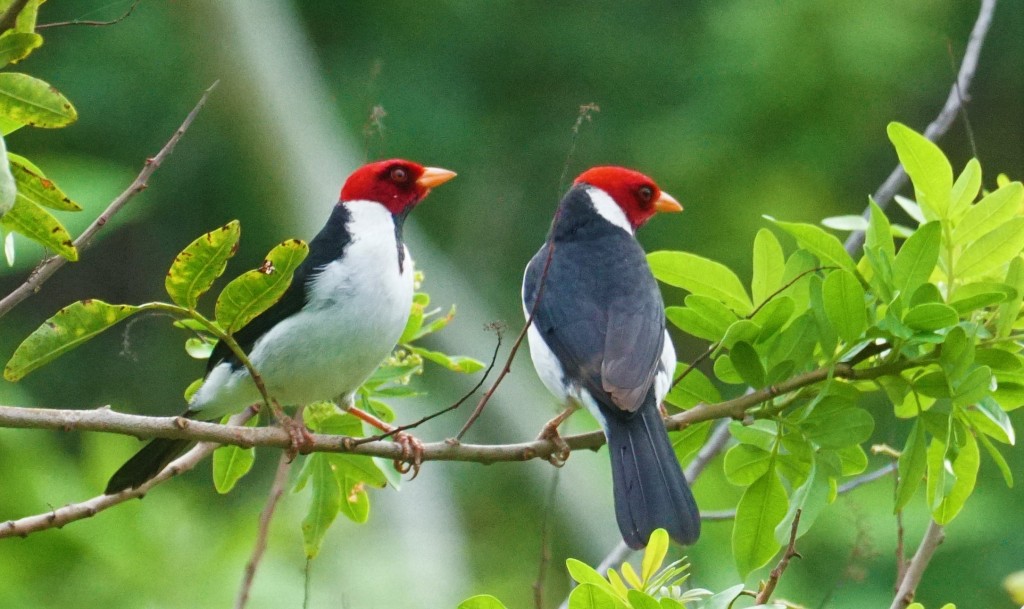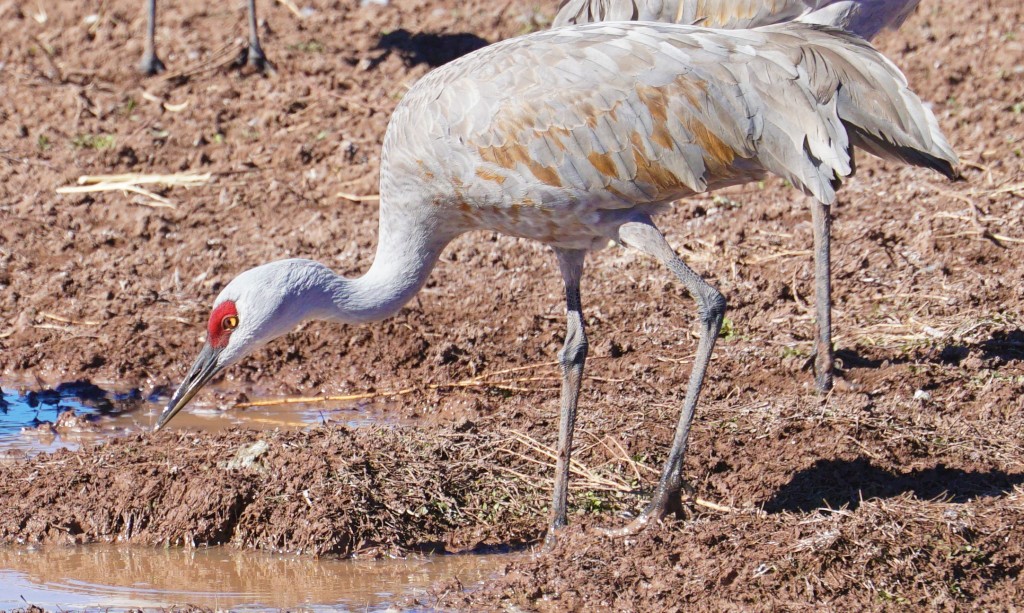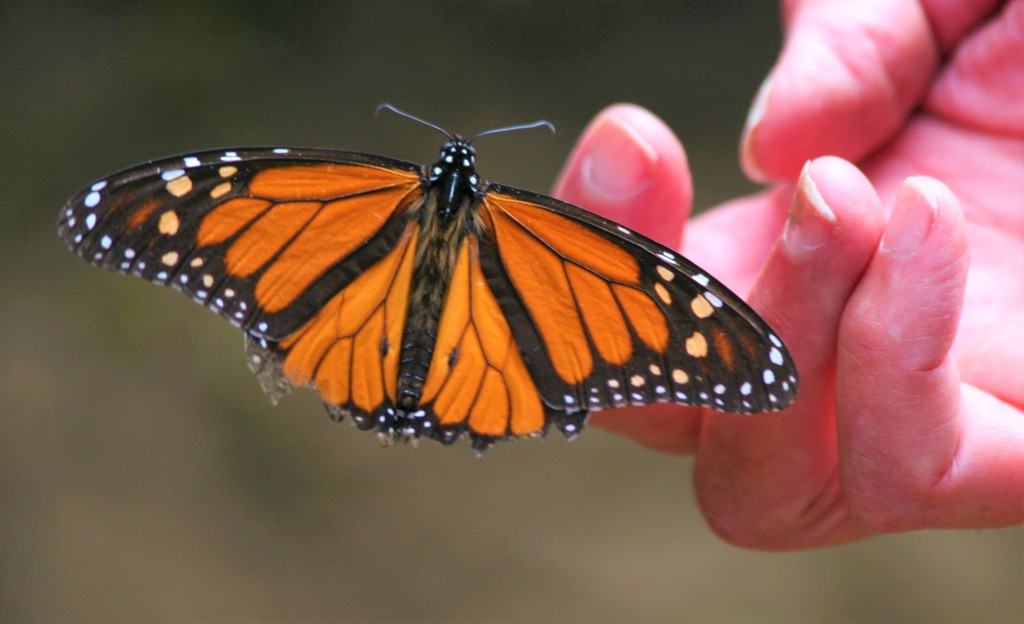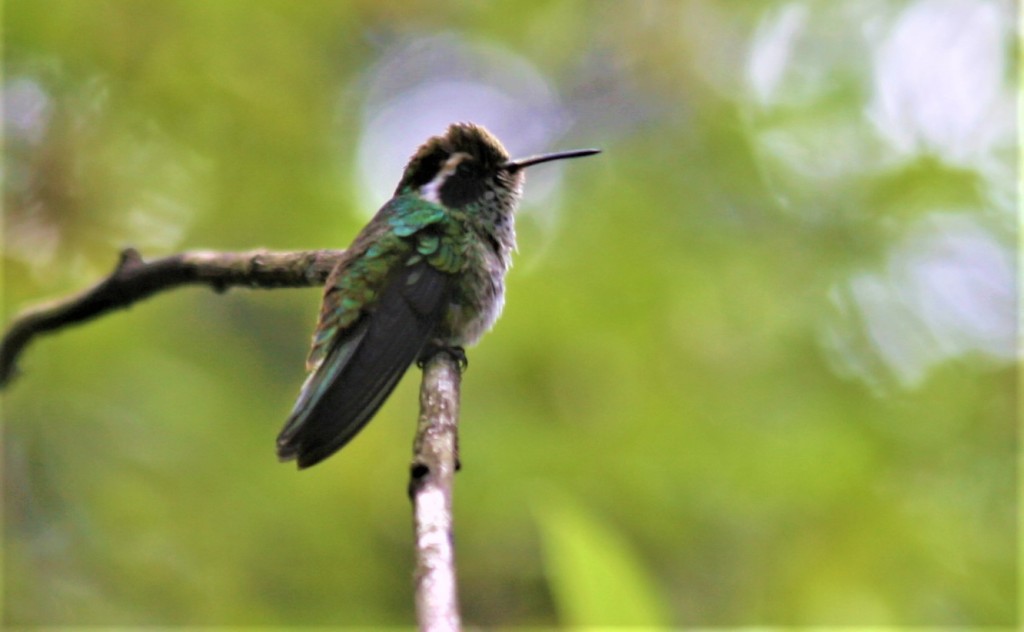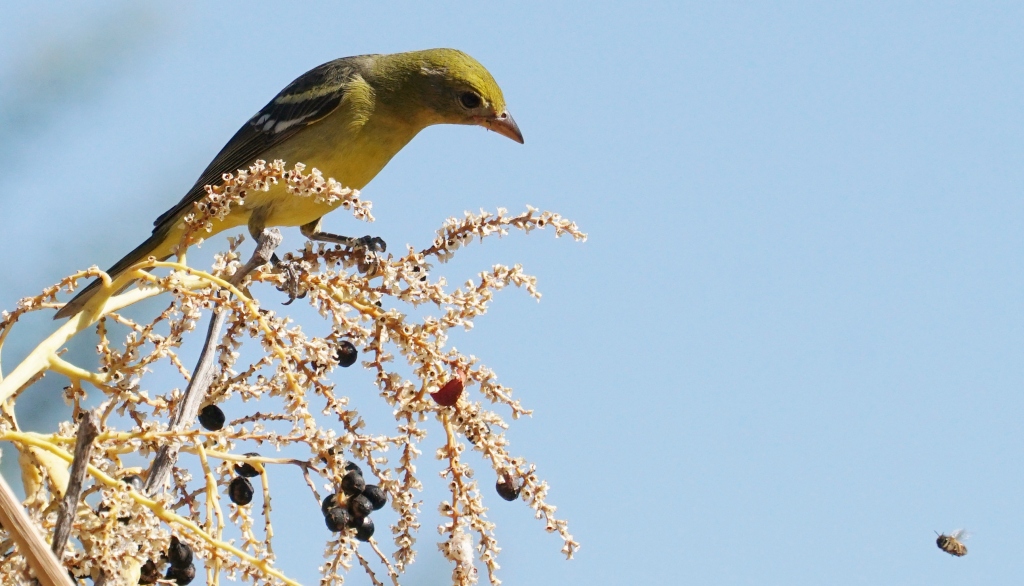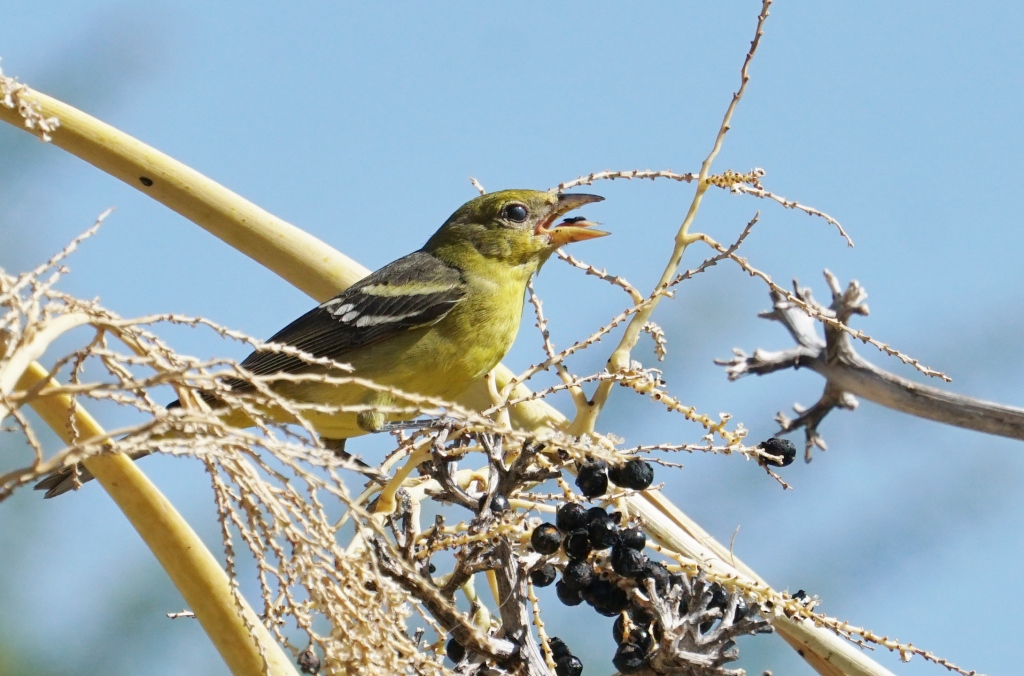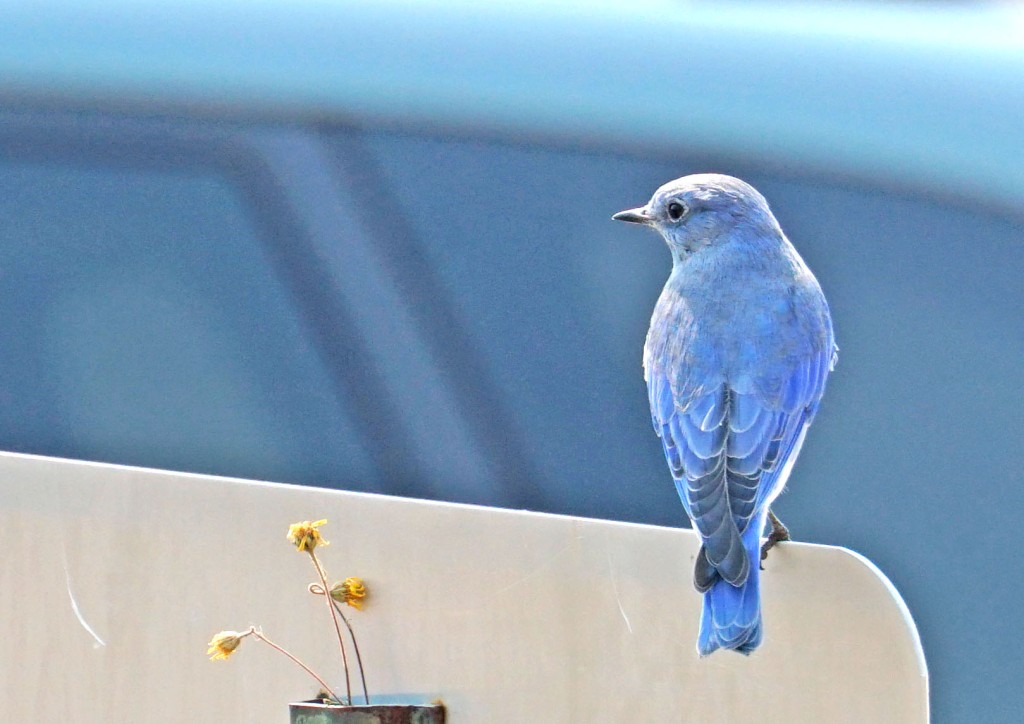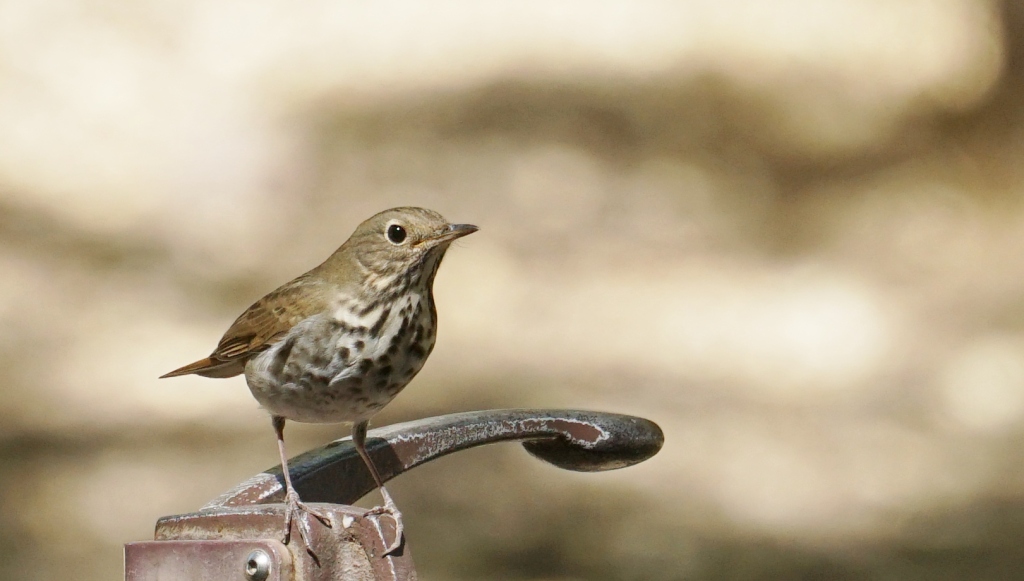
Catalina Regional Park, the younger sister park to popular Catalina State Park, is a much smaller park (260 acres vs 5,000 acres) just south of SaddleBrooke. It lies on the east side of Lago del Oro and is much longer than it is wide, embracing the Canada del Oro Wash. The regional park wouldn’t exist except for the Aspen Fire, a devastating Mt. Lemmon fire that happened 19 years ago. The Aspen fire, although it burned half as long and destroyed 35,000 fewer acres than 2020’s Bighorn Fire, ravaged Mt. Lemmon and erased 340 homes and businesses in Summerhaven. It also resulted in massive monsoon flooding along the Canada del Oro Wash that destroyed many homes south of SaddleBrooke, leading to the formation of the regional park by Pima County. This relatively un-used park, without any facilities and maintained today only for passive recreation activities, is a birding hotspot that would not otherwise be open to birders. We have been birding the park since it opened, and have recorded many uncommon birds including Rose-breasted Grosbeak, White-throated Swift and Crested Caracara. But these unexpected birds, when they are reported, rarely draw more than a few other birders.

This casual disinterest changed dramatically on November 13, 2002. Tim DeJonghe, an expert birder who frequently birds the park, found a bird in the wash that he thought was a Kentucky Warbler. A Kentucky Warbler, common in the Eastern U. S., would have been an exciting and rare find in itself, but the bird turned out to be something far more interesting than an Eastern warbler. Tim was too close to the bird to take a good photo, but his written description likely would have been accepted as a Kentucky Warbler, and his report in the daily rare bird listing resulted in another avid Tucson birder driving out to the regional park to look for it. This second birder photographed the bird, and the images were quickly identified as a Fan-tailed Warbler, a bird from deep into Mexico that had been reported on eBird in Arizona only five times before and only one other time anywhere else in the U.S., in Melrose New Mexico, 200 miles Southeast of Albuquerque and 116 miles from the Texas border.
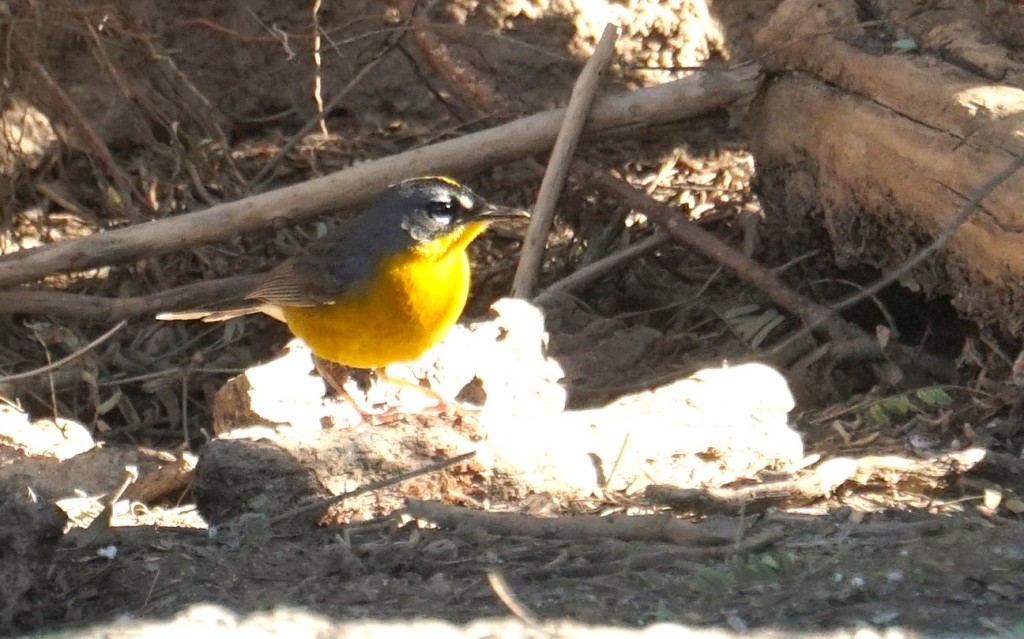
The previous sightings in Arizona were all to the south, Cochise County (September 5, 1990 and April 13-18, 2018), and Santa Cruz County (June 7-July 3, 1987, May 25-28, 1997 and May 23-27, 2011. And compounding the remarkableness of this first-ever sighting in Pima County, is that on the same day the Pima County bird was reported, a second Fan-tailed Warbler was reported a hundred miles to the north on the Salt River at the Granite Reef Recreation Area. That second bird was seen only for two days before disappearing, but those two days were also days that ‘our’ bird was reported, proving they were separate birds.
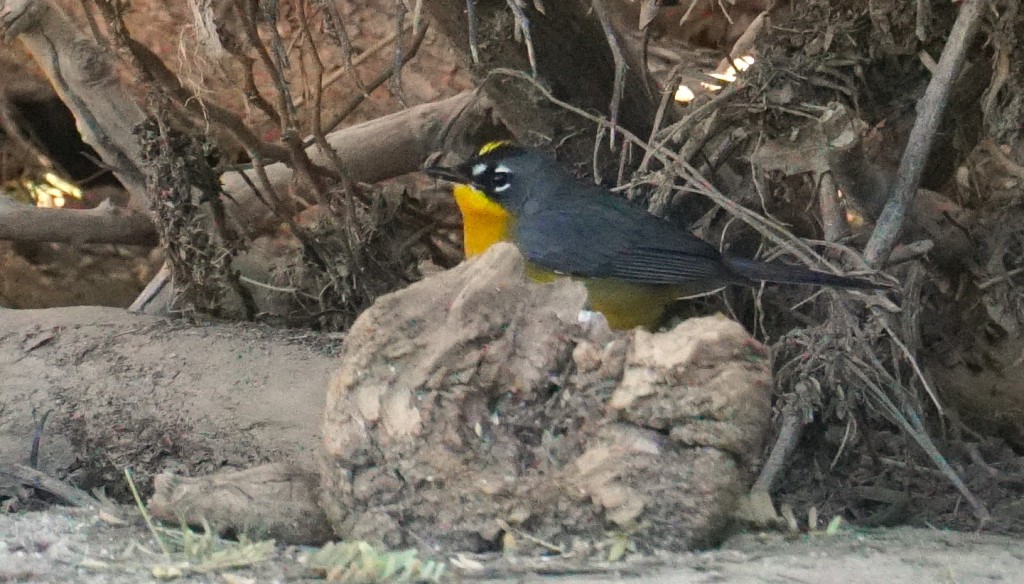
The Catalina Regional Park bird was recorded over ten days with 250 birders photographing and reporting the bird on eBird, the Cornell University birding data base. Since many birders don’t report their sightings on eBird, no one knows exactly how many people traveled there to see the warbler, perhaps as many as a thousand. For days the tiny park became as attractive as its cousin the state park, with dozens of cars parked at Lago del Oro and Rollins Road. We saw license plates and met fellow birders from multiple states, including California, Nevada, New Mexico, Utah, and others, some of whom had made more than one trip here to find the bird. Prudy and I have seen this bird only once before, just north of Mazatlán, some 800 miles south of here. The range map for the Fan-tailed Warbler shows those rare incursions into Arizona and New Mexico, a few in Sonora, then increasing populations to the south including Guatemala and Nicaragua. Will we get more looks at this beautiful bird in the future? As our friend and professional guide Rick Bowers says, “Who knows? Birds can fly and they don’t read maps.”
This article was originally published in the January, 2023 Saddlebag Notes supplement to the Arizona Daily Star, Tucson Arizona



